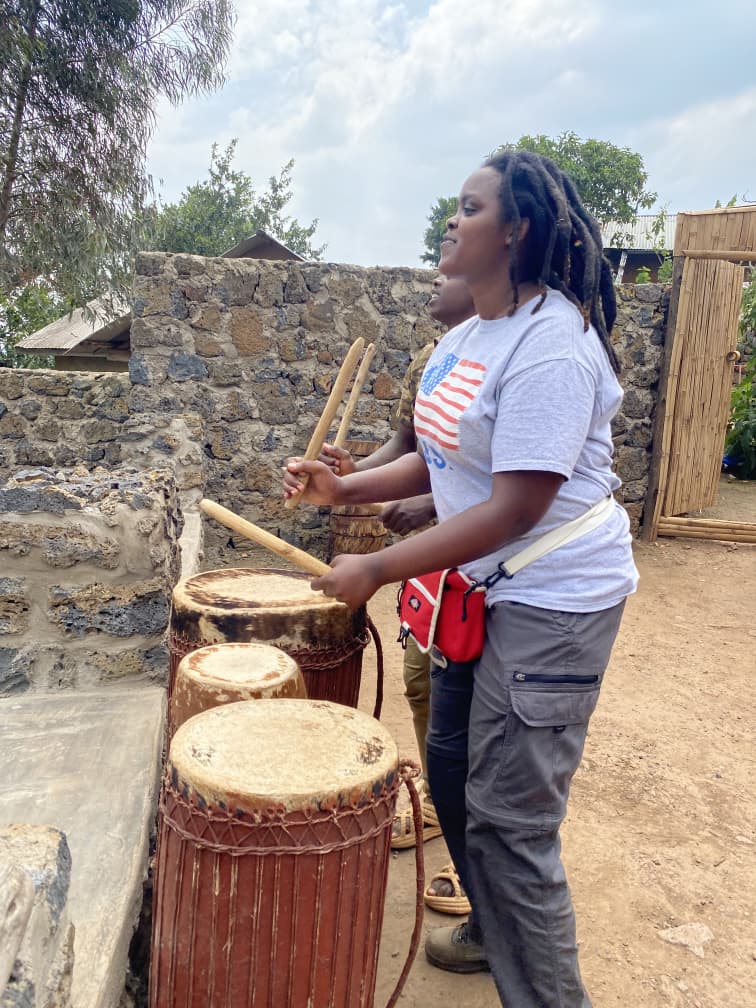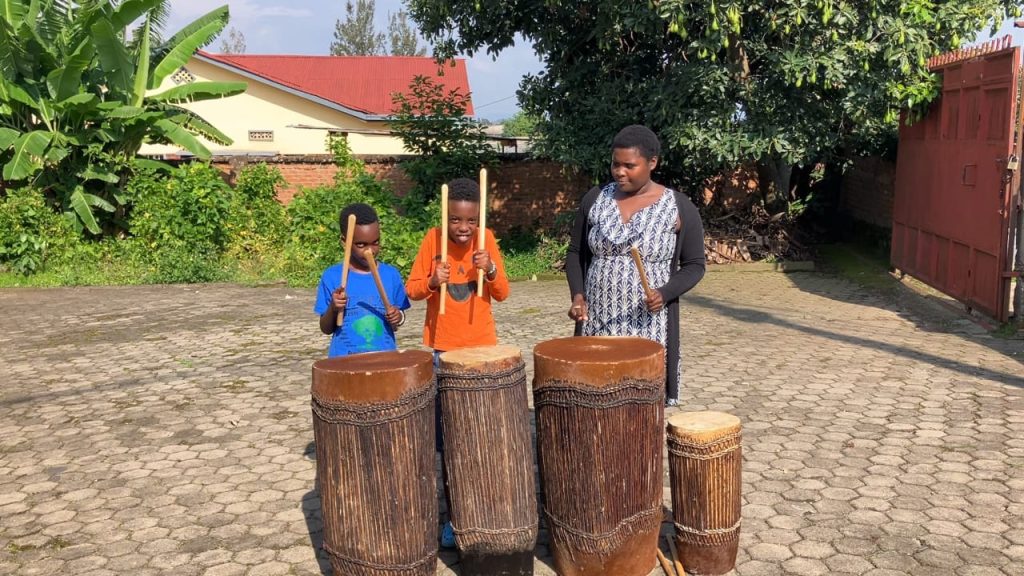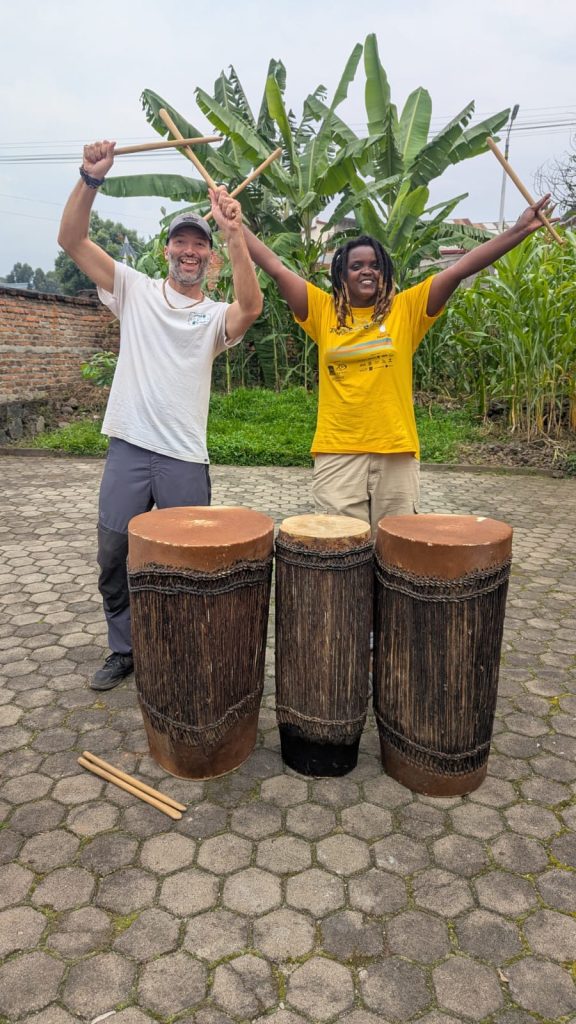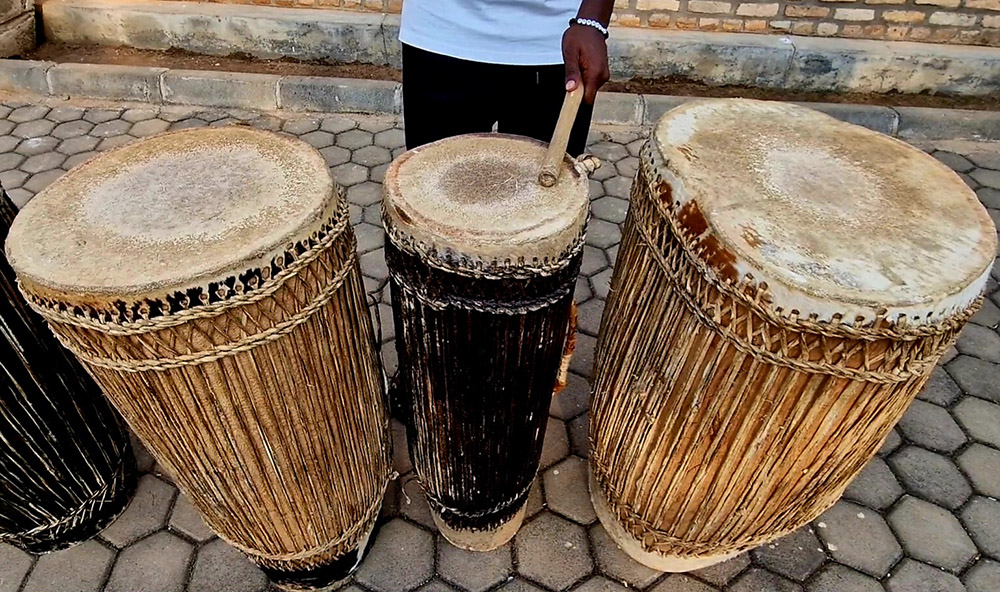In a traditional Rwandan drum and dance workshop you can expect an interactive and culturally immersive experience, which often combines drumming with dancing and storytelling. Led by a local artisan and performer, these workshops offer a deep dive into the historical and cultural significance of Rwandan music.
For any special request/individual itenary/group discount etc., please
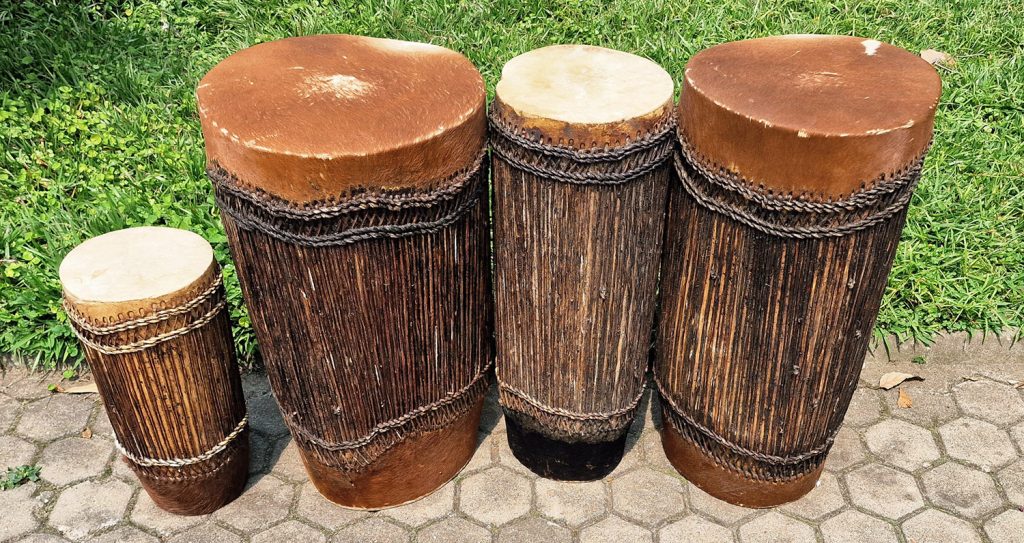
Ingoma (drums) – the most important instrument, used in ancient times for communication (long-distance drumming). The drums do not simply beat out a rhythm, but accompany the movements of the dancers, i.e. the message of the dance. According to locals, some of their dances are more than 1,500 years old, but they are constantly being renewed. Among the drums, there are also symbolic instruments that are not played as musical instruments, but only in ceremonies and victory celebrations. One such example is the nanguburundi drum, which came to Rwanda in the 17th century after King Cyirima II Rujugira’s campaign to defeat the King of Burundi, and symbolizes the ruler’s power. Types of drums:
Inyahura – a medium-pitched, i.e. moderately high or wide instrument, always played by the leader of the ensemble. His task is to ensure the transition between different rhythms with his playing.
Ishakwe – the smallest or narrowest drum, whose most important task is to maintain the basic rhythm.
Igihumurizo – the deepest and therefore the tallest or largest diameter drum. Its task is to maintain the pulsation of the basic rhythm. It usually accompanies the inyahura drum or even plays the same rhythm.
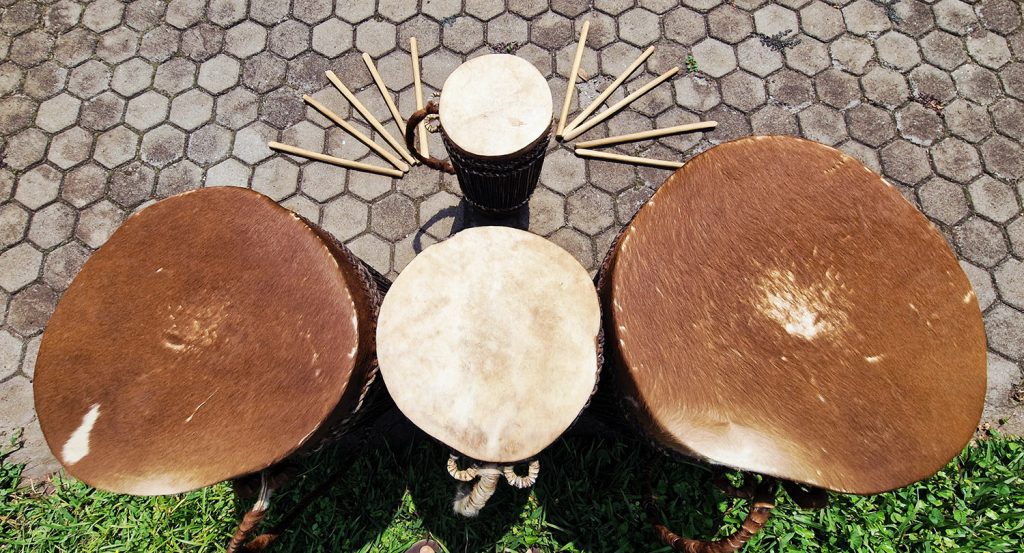
Dances of Rwanda
Intore – Rwanda’s famous war dance, which originated in the ancient Rwandan army and was kept alive by the royal court. The term “Intore” itself means “the chosen ones,” symbolizing the elite warriors who excelled not only in battle but also in dance.
Umuhamirizo – A genre that originated in 1880 during the reign of King Rwabugili Kigeli IV, which was first danced by a group of soldiers called the Inyaruguru. The soldier dancers carry spears, bows, and shields while dancing. The dance is full of martial elements.
Ikinimba – a dance from northern Rwanda, typically performed by young people and part of the courtship ritual. The songs accompanying the dance often give advice to unmarried women on how to behave with their future fathers-in-law. Married women do not dance.
Umushayayo – a slow, very graceful dance, whose name comes from the Kinyarwanda word “Gushayaya,” which means to glide or move lightly. It is often referred to as a ceremonial dance, with roots dating back to the ancient Rwandan kingdoms. This is the dance which is 1500 years old.
